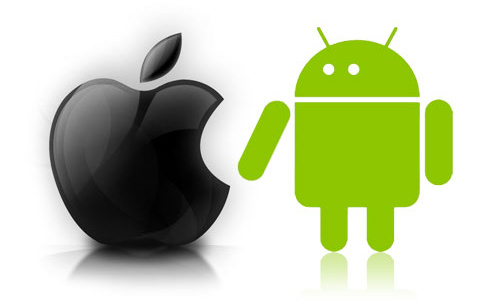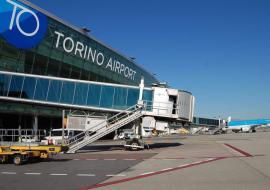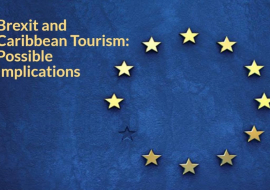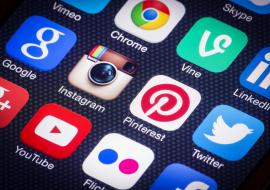Apple, Android Users Travel Differently

More and more travelers are using different types of mobile devices. And they aren’t just traveling around with iPhones anymore. A number of smartphones are equipped with Google’s Android platform now.
Major hotel search site trivago, which sees more than 50 percent of users search for hotels via a mobile device, recently conducted a study that analyzes Apple users and Android users in the United States who use the trivago app.
As it turns out, there are some undeniable differences between the two groups when it comes to spending habits and accommodation and destination preferences.
For one, Apple users spend 24 percent more (or $32 more per night) on hotels than Android users, according to the report. Users with iPhones and iPads on trivago.com spend an average of $166 per night on accommodations, while Android users spend an average of $134 per night.
And, while 40 percent of Apple and Android users prefer three-star properties, the second-most popular choice for the two groups is different. About 29 percent of Android users choose a two-star property after searching for a three-star hotel, while 36 percent of Apple users favor hotels with four or five stars, according to the report.
More than half of Android users (52 percent) select hotels that cost less than $100 per night, compared to just 39 percent of those with iOS devices. And about one in five Americans with Apple products are willing to spend between $200 and $250 per night, compared to 12 percent of Android users.
This June, Apple owners will spend an average of $211 per night on trivago’s top five destinations, while Android users will pay $193 per night (standard double room).
Apple users tend to pick hotels with a slightly higher guest rating on trivago (80 percent guest rating) than Android users (78 percent guest rating). Apple and Android users also differ a bit in where they travel.
Both groups tab Las Vegas as their No. 1 destination. New York City and Orlando are ranked in the top three for both groups, with New York City taking the No. 2 spot for Apple users and Orlando ranking ahead of NYC for Android users.
But things change from there.
Myrtle Beach is the No. 4 destination for Android users, but it’s the No. 10 destination for Apple users. New Orleans is ranked No. 9 among Apple users, but ranks outside the top 10 for Android users. Anaheim, California is a top-10 destination (No. 9) for Android users, but falls off the map for Apple users.
So, if you were wondering if the hype surrounding the differences between die-hard Apple and Android users was real, well, now you know.
Source: Travel Pulse













